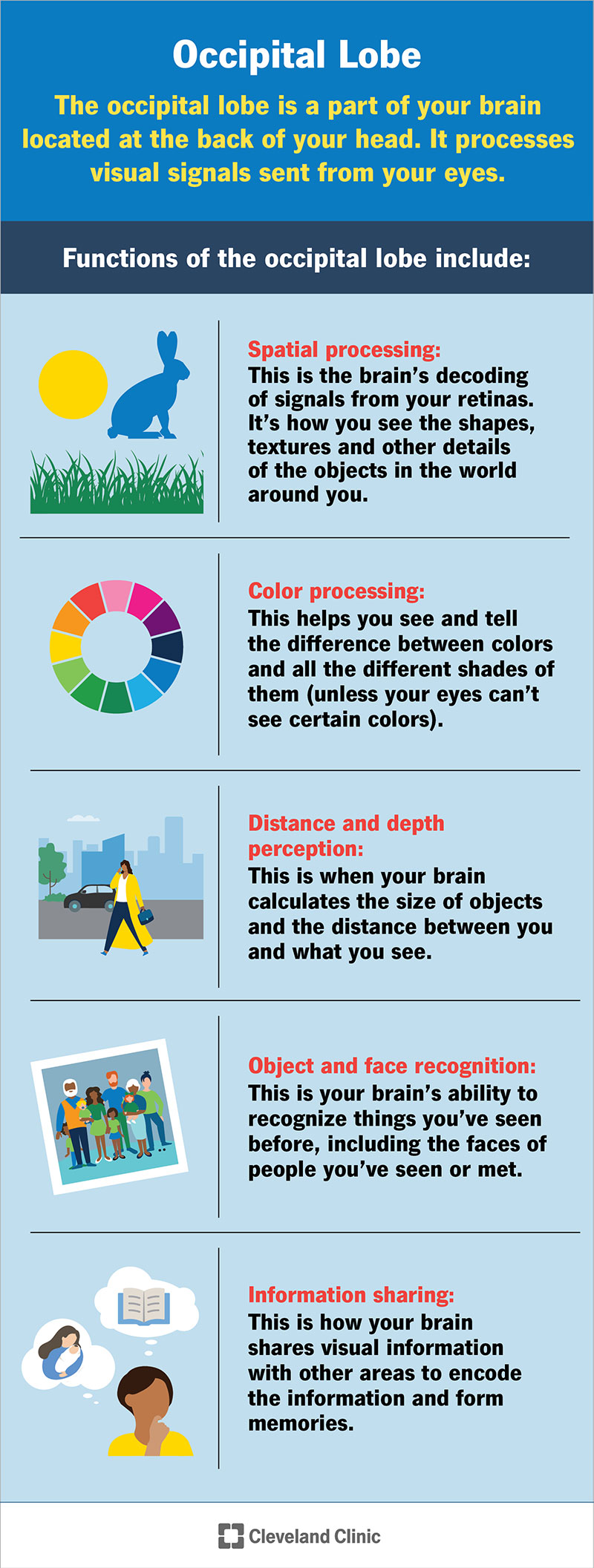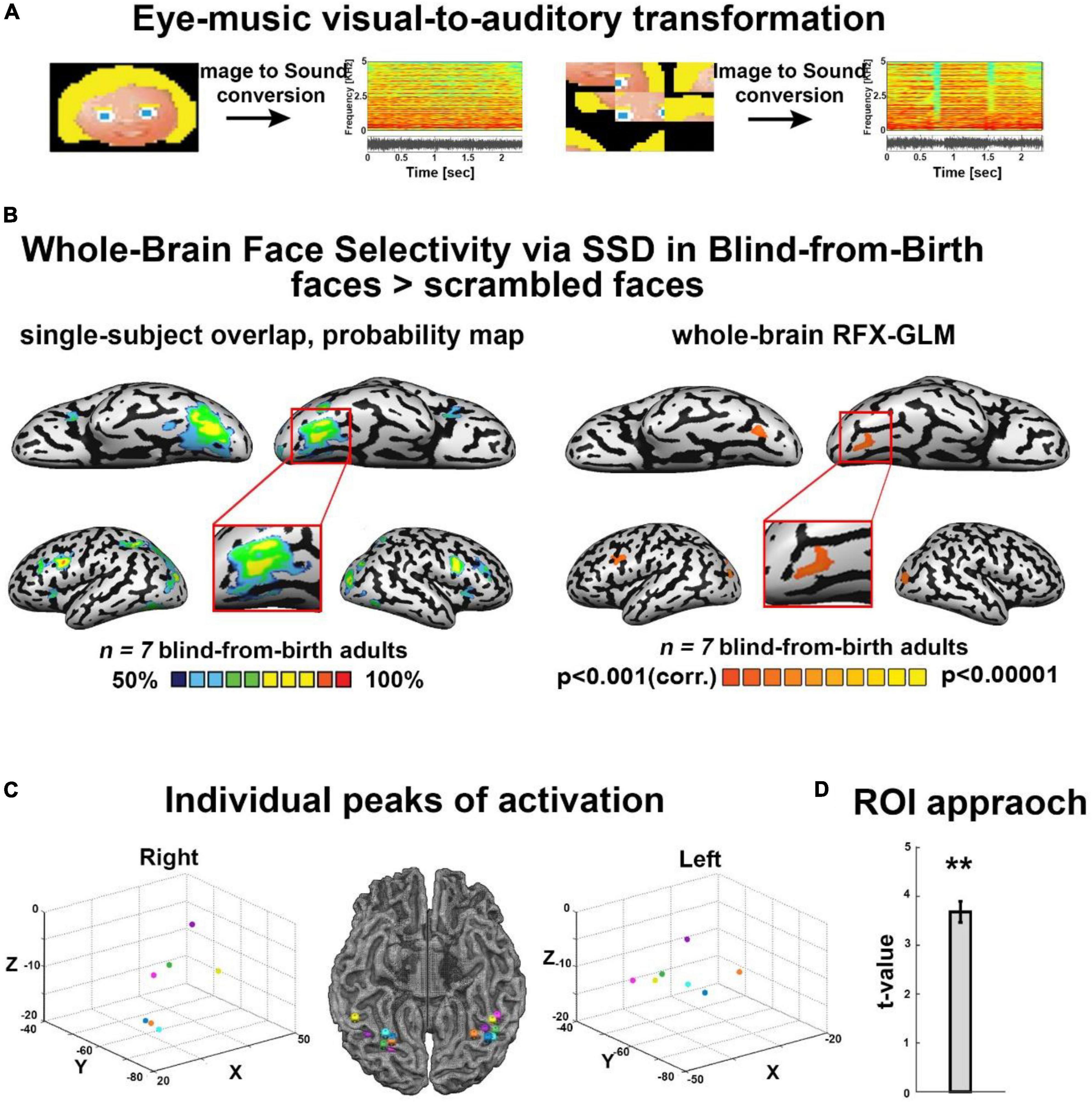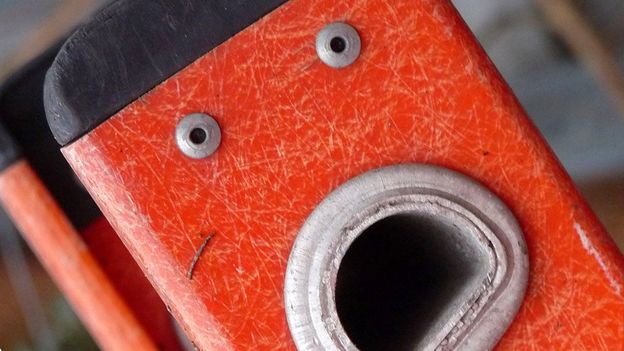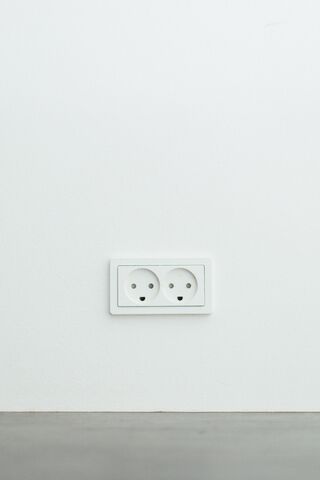Why the Brain Is Programmed to See Faces in Everyday Objects

By A Mystery Man Writer
Face pareidolia, the phenomenon of seeing facelike structures in inanimate objects, is a perceptual phenomenon that occurs when sensory input is processed by visual mechanisms that have evolved to extract social content from human faces.
Neuroscience News provides research news for neuroscience, neurology, psychology, AI, brain science, mental health, robotics and cognitive sciences.

Occipital Lobe: Function, Location & Conditions

Our brains “read” expressions of illusory faces in things just like real faces

University of New South Wales News Research Articles - Page 2 of 5

Why the brain is programmed to see faces in everyday objects
Study of face pareidolia reveals gender bias in the way we see faces in everyday objects - ABC News

Frontiers Face shape processing via visual-to-auditory sensory substitution activates regions within the face processing networks in the absence of visual experience

Neuroscience: why do we see faces in everyday objects?

Why the brain is programmed to see faces in everyday objects

Why the brain is programmed to see faces in everyday objects

The man in the moon: Why your brain is hard-wired to see faces

face pareidolia News Research Articles

Why Seeing Faces in Everyday Objects Can Creep You Out






:strip_icc()/cdn.cliqueinc.com__cache__posts__268171__emily-henderson-target-design-advice-268171-1537395824654-image.700x0c-3bf5dbafc49045e5b14c9ad244891f94.jpg)

